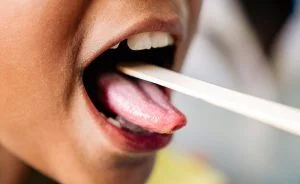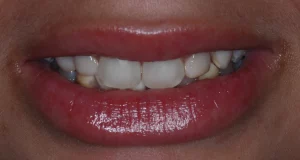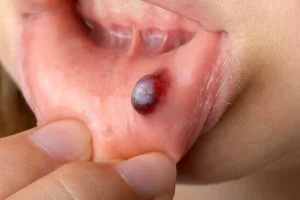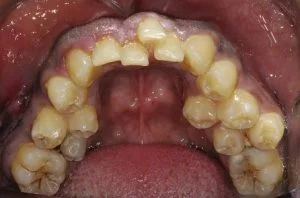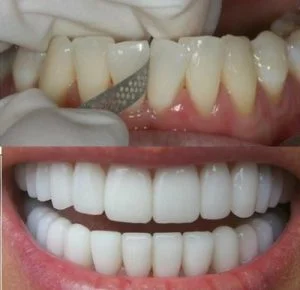Dental Sealants
What are dental sealants
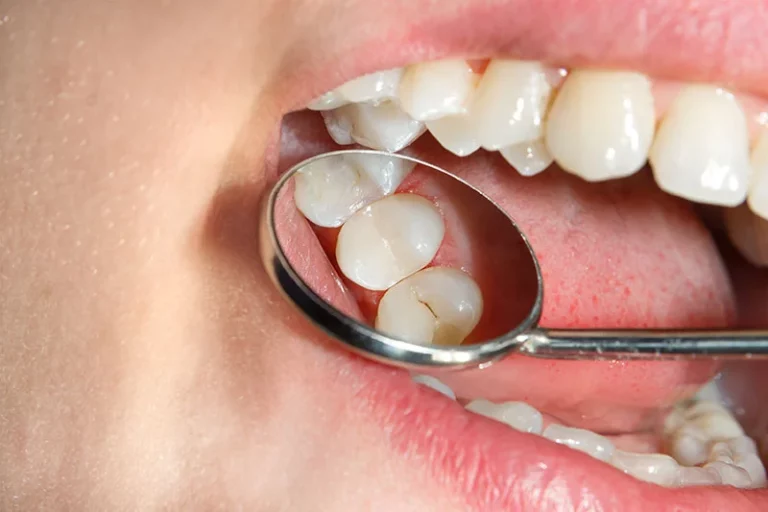
How do they help prevent tooth decay?
Sealants or dental sealants are a prevention option that consists of applying a thin coating of resin or plastic on the chewing surfaces of the teeth, especially in the grooves of the dental pieces. Its objective is to avoid the accumulation of bacteria and the formation of dental caries in these areas that are difficult to access for tooth brushing.
How do dental sealants work?
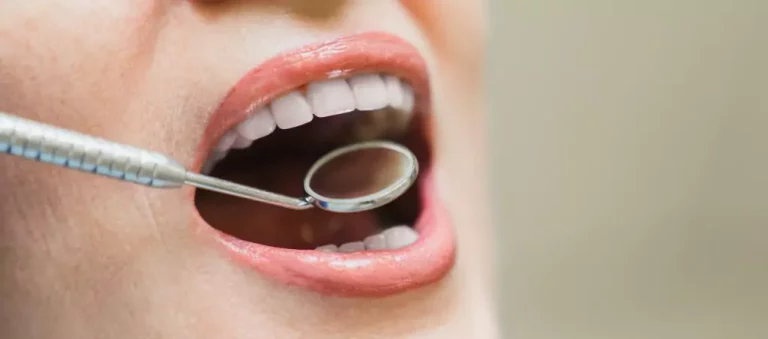
The grooves on the surface of the premolars and molars are deep and difficult to access when brushing, which facilitates the accumulation of bacteria and the formation of cavities.
Dental sealants act as a protective barrier that closes fissures and spaces, avoiding this accumulation and preventing cavities. They are a very useful prevention tool to take care of the dental health of children and adolescents.
In addition, when they are applied to a tooth that already has an initial lesion but no damage to the enamel, it stops the progress of caries.
Sealants help:
- Prevent food debris, acids and bacterial plaque from being located in the spaces of the molars and premolars.
- Prevent cavities and dental deterioration.
- Protect permanent molar teeth.
How are dental sealants applied?
The procedure to apply dental sealants is simple and does not require anesthesia. The dentist follows these steps:
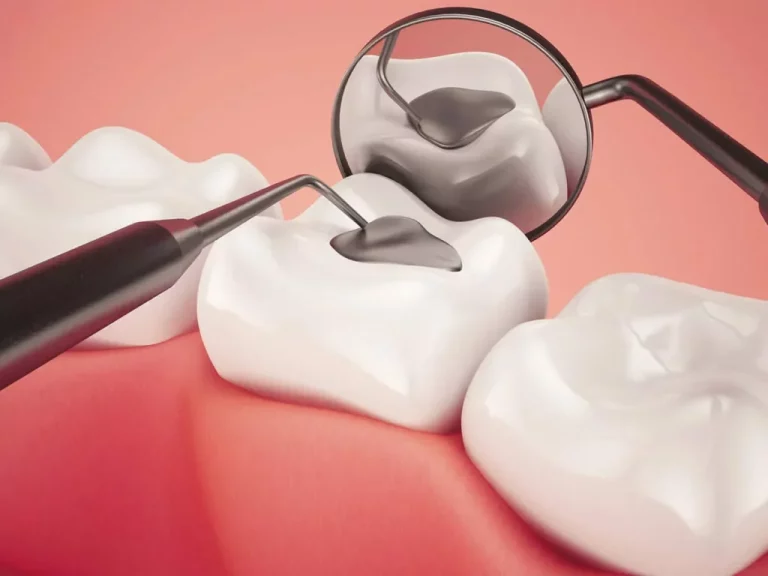
- Clean the upper parts of the molars and premolars.
- Apply a conditioning acid gel to the top of the tooth and allow the sealant to better adhere to the tooth.
- Rinse and allow time for the tooth surface to dry.
- Apply the sealant to the grooves of the tooth.
- To help the sealant dry and harden, a light is applied over it. Once it has hardened, the dental sealant becomes a strong and durable layer that protects the tooth.

19 Natural Antibiotics to Ward Off Any Dental Infection
Sign up to receive daily email dentist tips and challenges, as well as our comprehensive Better smile Guidebook.
How long do dental sealants last?
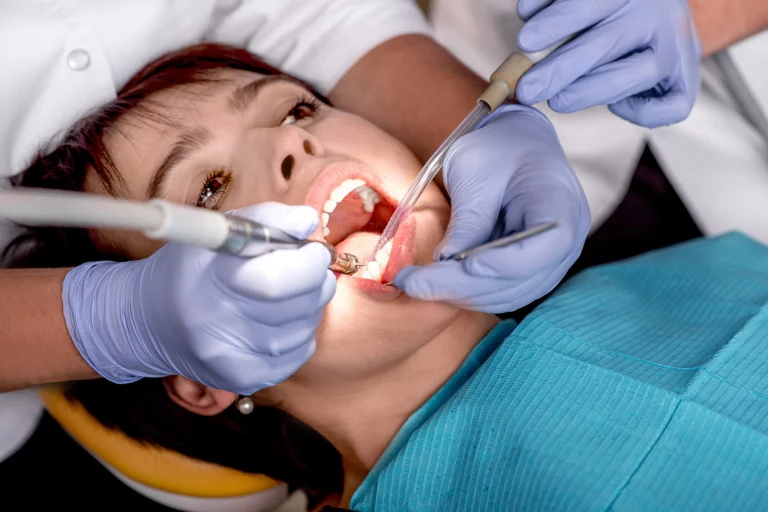
Dental sealants have a duration that ranges between 5 and 10 years. It is necessary for the dentist to review them periodically to determine if it is necessary to change any of them.
When applied to children, the procedure should be carried out at the time the permanent molars (teeth) erupt, that is, at approximately six years of age. The second molars appear around the age of twelve.
Adults who do not have cavities or decay in their molar teeth can also receive sealants, to prevent cavities and maintain good oral health.
Dental sealants should not be placed on teeth with active caries or on pieces that already have fillings.
Conclusion
Dental sealants prevent 80% of cavities
It is estimated that this alternative prevents 80% of cavities in posterior teeth, during a period of two years, pieces in which 9 out of 10 cavities occur.
It is essential to inform the dentist if the person has any allergies or sensitivities to certain materials.
If you require a diagnosis regarding the use of sealants as a preventive measure to preserve oral health, consult our directory of dental professionals. There you will find different service options, and you can select the one that meets your expectations.

19 Natural Antibiotics to Ward Off Any Dental Infection
Sign up to receive daily email dentist tips and challenges, as well as our comprehensive Better smile Guidebook.
Our Doctor
Meet Doctor

19 Natural Antibiotics to Ward Off Any Dental Infection
Sign up to receive daily email dentist tips and challenges, as well as our comprehensive Better smile Guidebook.





